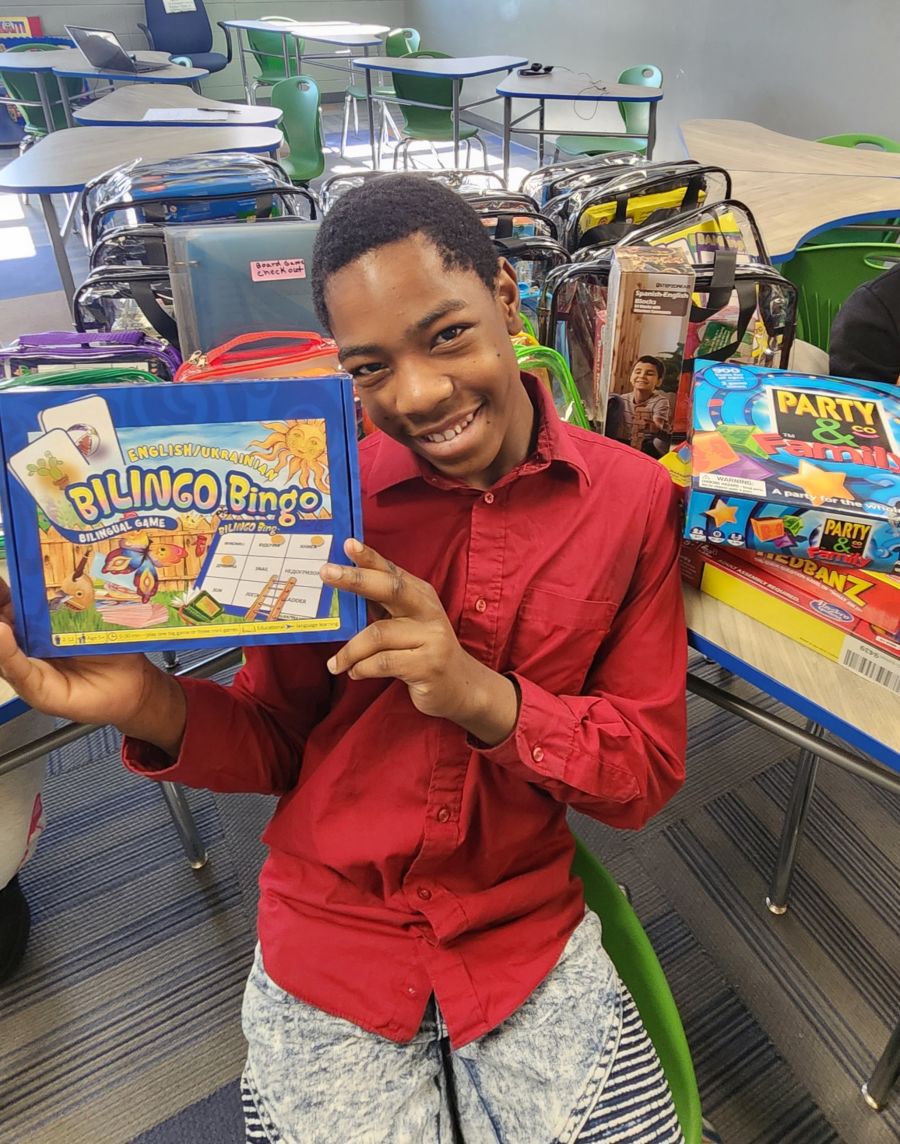Multilingual Language Games:
Creating a Board Game Lending Library to Support Multilingualism in the Home
Nicole Jones Alvin Brooks Middle School (Hickman Mills C-1 School District) Kansas City, Missouri
Introduction
Many times, families do not have access to language and education-based resources. The multilingual board game lending library is designed to celebrate bilingualism and help bridge the gap between home and school. Games encourage growth in the areas of English language acquisition as well as each family’s language and cultural background. Games introduce the concept of play, communication and learning in the family. These types of activities provide a path for families to use all languages spoken in their homes as well as embrace their cultural backgrounds.
Incorporating academic games at school and home has been shown to positively impact learning. Current research shows that game-based learning can have a significant impact on student performance, engagement, and motivation in the classroom. To break it down further, learning games can increase the student’s internal motivation to want to learn (Jagušt et al., 2018) and desire to engage in classroom and learning activities.
The language board game lending library is located in my classroom. Students decide what game they would like to check out from the lending library closet. Each game contains a label stating the game’s name and its assigned number. After they choose a game, they fill out a form in the board game check out binder located next to the library closet. They are instructed to write down the name of the game, the game number and check out date. They also write the date they will return the game. Students can check out a game over the weekend or a week, depending on when they think they will be able to play the game with family members.
After the game is officially checked out, students take it home in a carrying case to play with their family. A parent questionnaire is placed in the game carrying case. Parents are asked to fill out the form to help me understand what their experience with the game was like. When students return the game, they put the date they returned it on the sign in sheet and sign their name. After this, I return the game to its spot in the library closet. When a student returns a game, they can choose another one and check it out using the same process.
Goals
The first goal of my project is to increase family engagement and language acquisition in multilingual homes by providing opportunities to play literacy focused games that are fun and engaging for all members of the household.
The second goal is to empower and equip immigrant and refugee families by providing in-home literacy focused supports through language-based games. By doing so, they gain confidence in helping their children learn at home. They can speak in their native language while also expanding their own understanding of English.
The third goal is to create and implement an ongoing board game lending library that is sustainable and will benefit refugee and immigrant students and their families for years to come.
This project, based on the goals listed above, will build on each families' skills and funds of knowledge as a foundation of new learning. This is true because it will introduce a new way to learn and provide a setting for the whole family to practice and increase literacy skills by engaging and bonding with each other. It will allow them to use their home language(s) and unique cultural experiences, while building upon their English language vocabulary.
Step-by-Step Plan
Before I could implement this program, I researched the most effective language board games on the market. I did my best to find bilingual games that represent my students’ home languages. It was also important that the games appealed to all age groups in the household.
Planning
- Research and locate bilingual and vocabulary-based board games in the home languages of my students and that can be played by varying age groups in the household.
- Create a purchase list of games in English, Spanish, Ukrainian, Swahili, Arabic and Yoruba.
- Submit items for purchase.
- Create multilingual parent information letters that explain what the board game lending library is and how it works.
- Create the checkout system for the learning games lending library.
- Place games in travel bags and attach tags to the bags.
- Create a family engagement and vocabulary acquisition survey for families to complete after they play the game at home.
Implementation
- Assign games to students to take home.
- Send reminder letters to parents and inform them of the due date.
- Gather returned games. Check in games and assign new games to students.
Gathering feedback
- Gather all games at the end of the school year and prepare the board game lending library for the upcoming school year.
Timeline
Budget
All games and carrying cases were found on Amazon.
Example of multilingual games:
Ukrainian/ English Bingo Game https://a.co/d/bWQtwSo
Jenga Bilingual Spanish/ English Questions - https://a.co/d/8hhKkH
Yoruba card game- https://a.co/d/jhrE34z
Swahili card game - https://a.co/d/h9JwRXb
Bilingual Bingo - https://a.co/d/j5PpjBH
Yo Sabo - https://a.co/d/3YWAXjY
Examples of vocabulary focused games:
Guess in 10 Foods- https://a.co/d/7V8tjBO
Guess in 10 House Items - https://a.co/d/c0hYUiC
What Am I?- https://a.co/d/jdNFXd3
Picture Word Bingo - https://a.co/d/5QZZCSS
Word Pop CVC words - https://a.co/d/d8t3RBw
Storage and organizational items:
Toy Storage Bags with Zipper -https://a.co/d/2TTROK3
Large and XL carrying bags-https://a.co/d/6kTScwa
What did it look like?
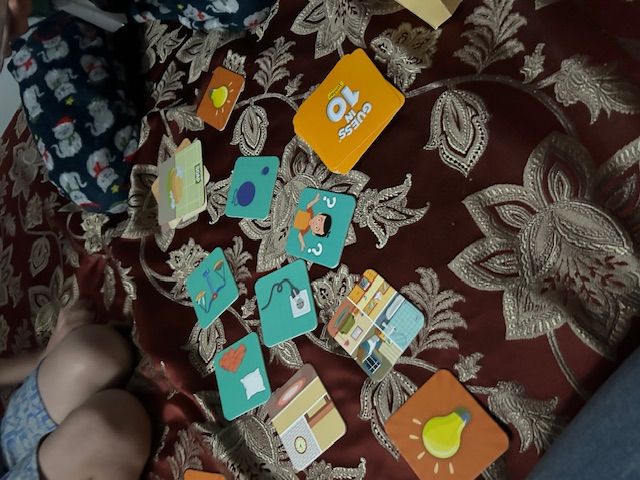
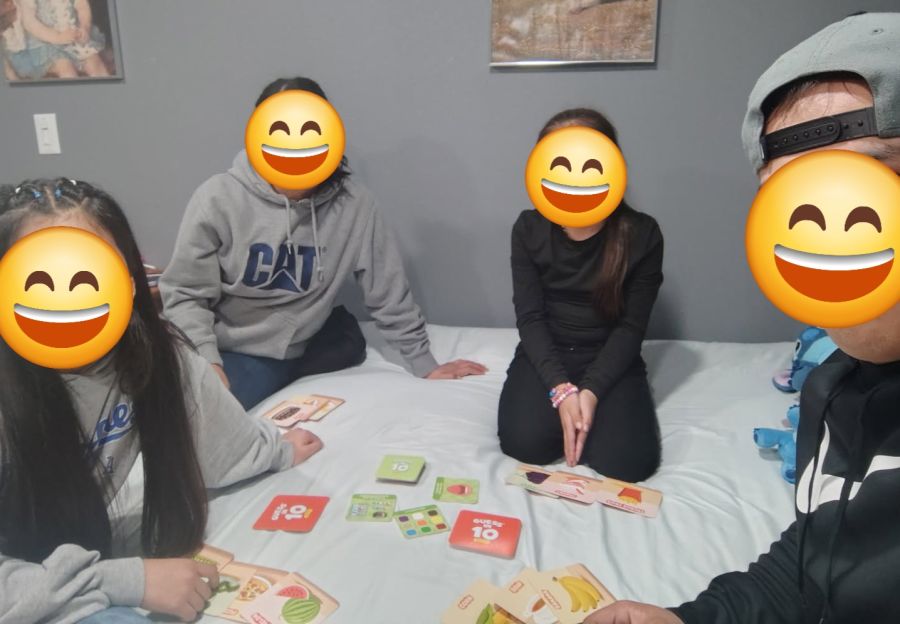
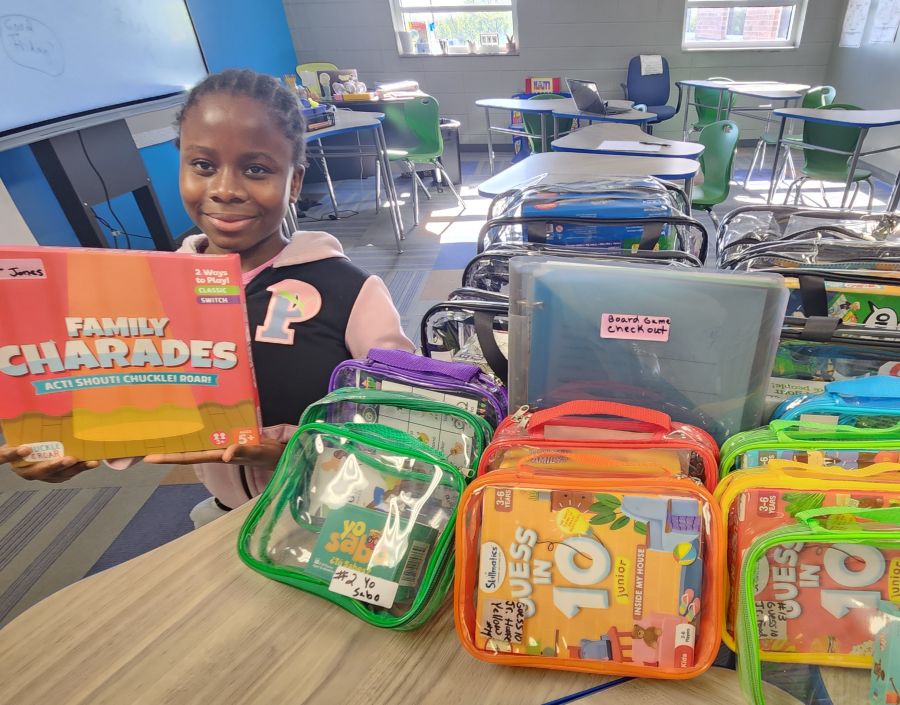
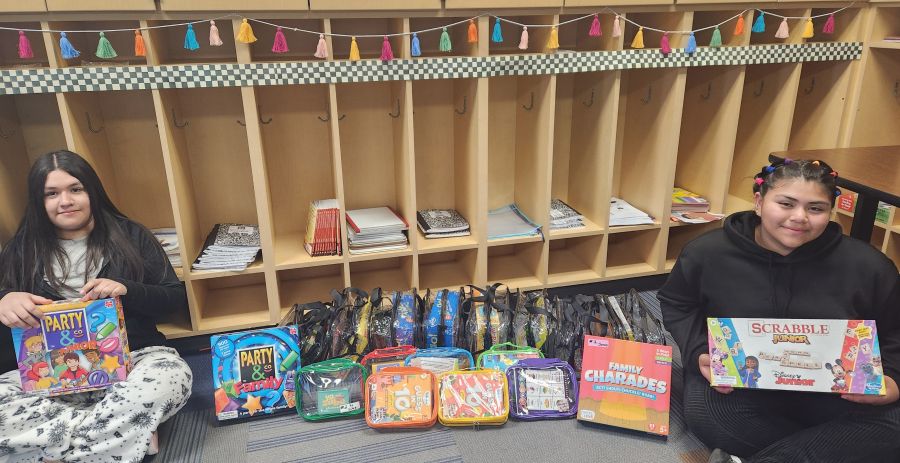
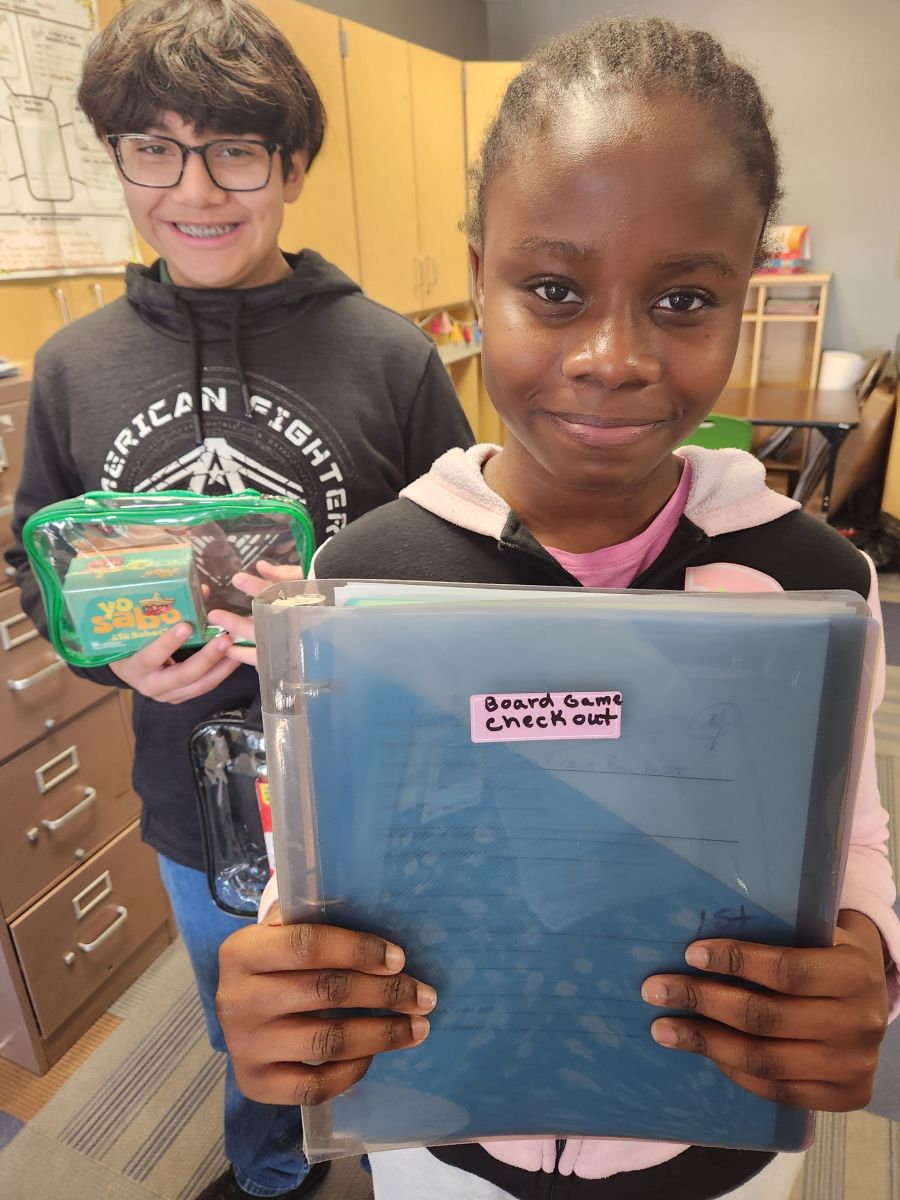
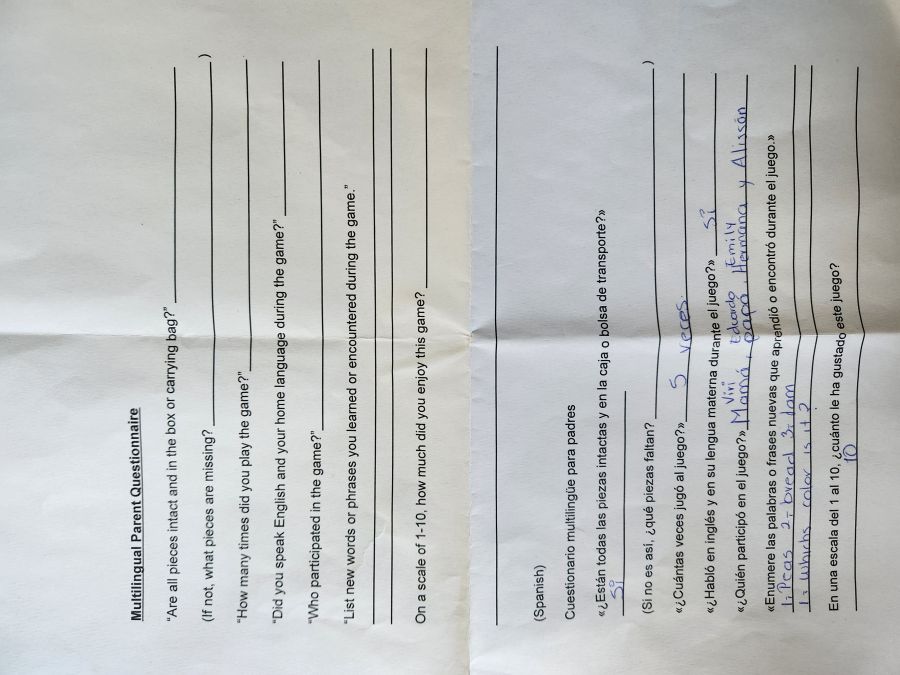
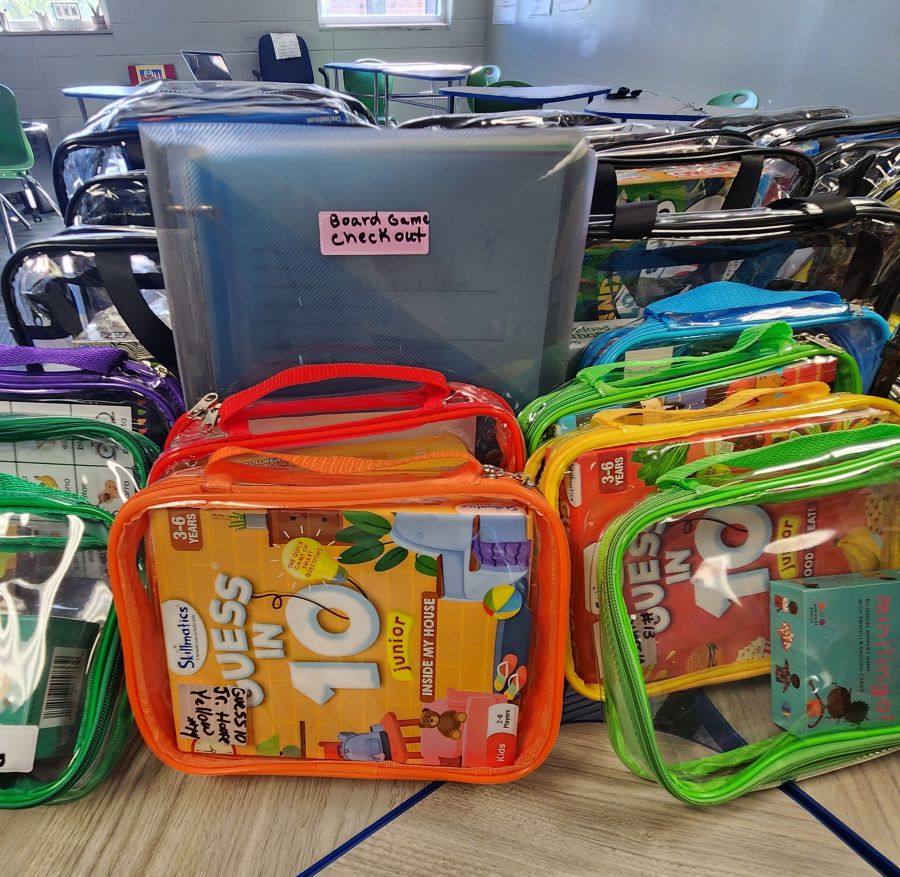
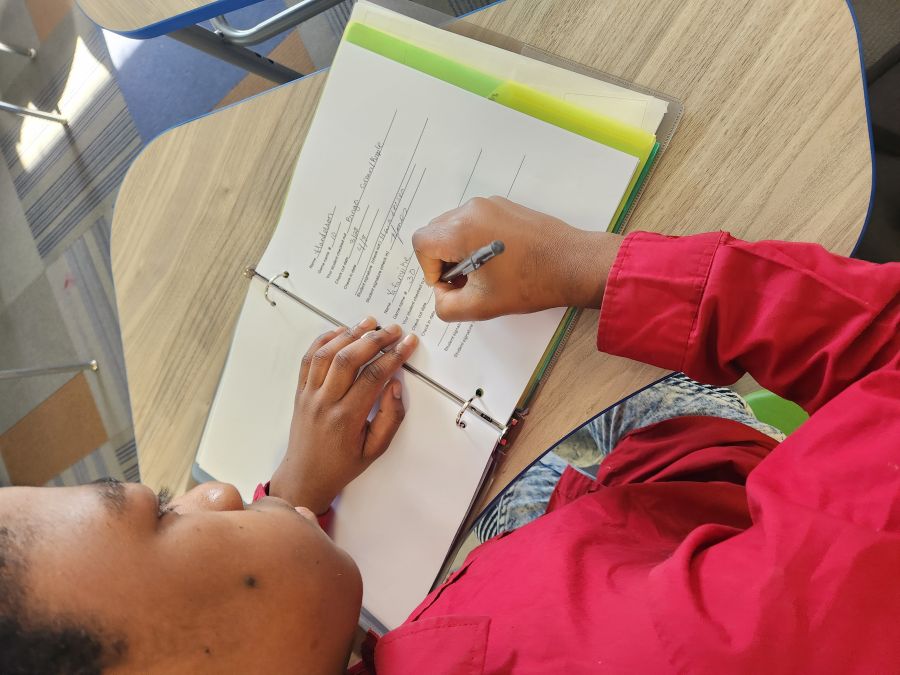
Sustainability
The language board game lending library is sustainable in the following ways. The games do not require updates or changes after each use. Games will be kept in durable travel bags. The check out system for the lending library requires minimal updates. This should only include updating student rosters as needed and reprinting board game directions and possibly tags that are connected to the travel bags. Teachers can easily replicate this process. Teachers will be able to follow step-by-step instructions to set up their lending library. I plan to introduce this project during our first day of professional development in hopes that it will encourage teachers to start a similar project in their field. By doing so, teachers can provide learning tools for parents to use at home in math, science, reading and so many other areas!
Reflections
This project was very fun to implement. My middle school students were intrigued and excited to pick out a game and bring it home. This seemed to be the first time my students from Ukraine, Nigeria and The Congo have seen a bilingual game or activity at school in their home languages. They were so excited to show their families! The survey feedback I received from families was very positive. They appreciated the chance to choose new games and play together. I am glad that I focused on choosing many games that all ages of the family can play. Some students told me they played their game with a younger sibling, and some played with their parents or older family members.
One difficulty I noticed was that a few students did not get to play the game with their parents, as originally intended. They took the games home over the weekend but stated that their parents had to work. Two students checked the game out again, during the week, and reported getting to play with a parent. The others played with their siblings or other younger family members that live in the home. I encouraged them that it was still good to play with other family members if their parents were not available and that they were still learning valuable information and creating good memories.
Many of my students were eager to help me set up the lending library system, which seemed to give them ownership of the project. They all did a great job organizing the games and creating labels and helping me put together the logbook. They also did a good job remembering to bring the game back and turn it in on time. I was pleasantly surprised that the games came back in excellent condition and all pieces were accounted for. I made sure to tell the students that I was very happy to see this and appreciated their ability to do so! Since learning-based games help encourage problem solving skills and collaborative learning (Dichev and Dicheva, 2017), I’m encouraged to know that students are engaging in learning activities at home that will help them deepen their ability to work with others, win or lose gracefully, and work together with family members of all ages during game play.
I highly recommend other teachers implement this program as a way to deepen our students’ first language and encourage English language acquisition in the home. The lending library was relatively easy to set up. Since children enjoy playing games, it’s a great way to encourage learning and help families create fun and lasting memories together! By sending games home, it provides a free and family-oriented time of fun for the student’s whole family! Parents are able to help their children learn English vocabulary while embracing their home languages!
References
Dichev, C., & Dicheva, D. (2017). Gamifying education: What is known, what is believed and what remains uncertain: A critical review. International Journal of Educational Technology in Higher Education, 14(1). https://doi.org/10.1186/s41239-017-0042-5
Jagušt, T., Botički, I., & So, H.-J. (2018). Examining competitive, collaborative and adaptive gamification in Young Learners’ Math Learning. Computers & Education, 125, 444–457. https://doi.org/10.1016/j.compedu.2018.06.022
See Examples of Winning Demonstration Projects
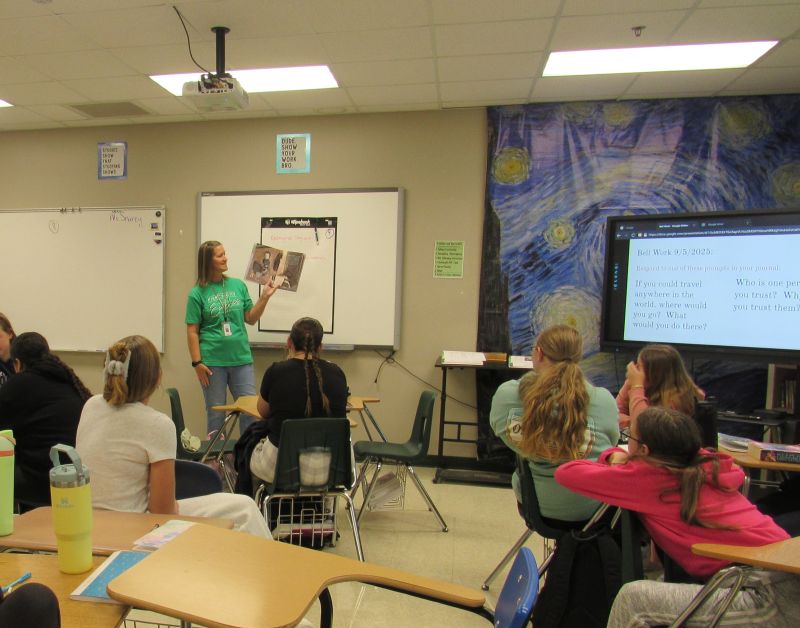
Multicultural Monday Read-Alouds
The goal of this project is to increase multiliteracy and multicultural awareness with students through select read-aloud books. Of the many excellent books available, thirty were chosen as read-alouds for sharing weekly with the class throughout the school year. For each book, I also created a mini…

Bringing Families Together:
The Monett community is home to a linguistically diverse population, with students speaking over twenty different languages or dialects. The number of families considered Newcomers, those newly arrived in the United States, is rapidly increasing in our schools. As a result, it is critical for…

Multilingual Language Games:
Many times, families do not have access to language and education-based resources. The multilingual board game lending library is designed to celebrate bilingualism and help bridge the gap between home and school. Games encourage growth in the areas of English language acquisition as well as each…

Read, Speak, Succeed: Empowering Future Global Communicators
The primary objectives of this project are twofold: to enhance literacy and language proficiency by reading Spanish-language books and materials. Given that my students are studying Spanish with the ultimate aim of effective communication, it is essential for them to excel in both understanding…

Using Bilingual Texts to Support Translanguaging for English Learners
English Learners (ELs) face unique challenges in the classroom. In order for them to access grade-level curricula in their second language (L2), educators—both English Language Development (ELD) teachers and classroom teachers—provide many types of scaffolds to support students' understanding. Some…

Reading Artwork: Using Family Dialogue to Aid Meaning-Making for English Learners
Visual literacy and peer conversations are critical components of early language learning. This project creates new interactions for English Learners (ELs) between their peers and family. First, by engaging in classroom conversations while “reading” art, followed by sending wordless…

Illuminating Diversity: A Mural to Share Stories through a Multicultural Lens
This project included a 10-Day Artists-in-Residency with Rodrigo Alvarez and Isaac Tapia. These artists worked with students in our English Language Development (ELD) Program to design and paint a 10’x40’ mural, emphasizing the cultural and linguistic diversity of Parkview students both past and…

World Fest: Showcasing Cultural and Linguistic Backgrounds
World Fest was a beautiful and successful event! The event was a vibrant celebration of cultural diversity, filled with excitement and enthusiasm. For our Creekmoor English Learners (ELs), World Fest was a wonderful opportunity to showcase their rich cultural and linguistic backgrounds. It was a…

Global Welcome: Bridging Cultures in High School
Given the community's ties to the tourism industry, Branson High School serves a student population with diverse linguistic and cultural backgrounds. This project advocates for multiliteracy through the creation of welcome banners and custom lanyard badges. By creating welcome banners for the school…

The Language Bus: Bringing Early Literacy Skills to the Community
In our community we recently had an increase in students who speak Burmese or Karen. As an Early Childhood Special Education teacher watching the referrals come through, I began to notice that home language literacy needed to be strengthened to develop age-appropriate communication skills. Many of…
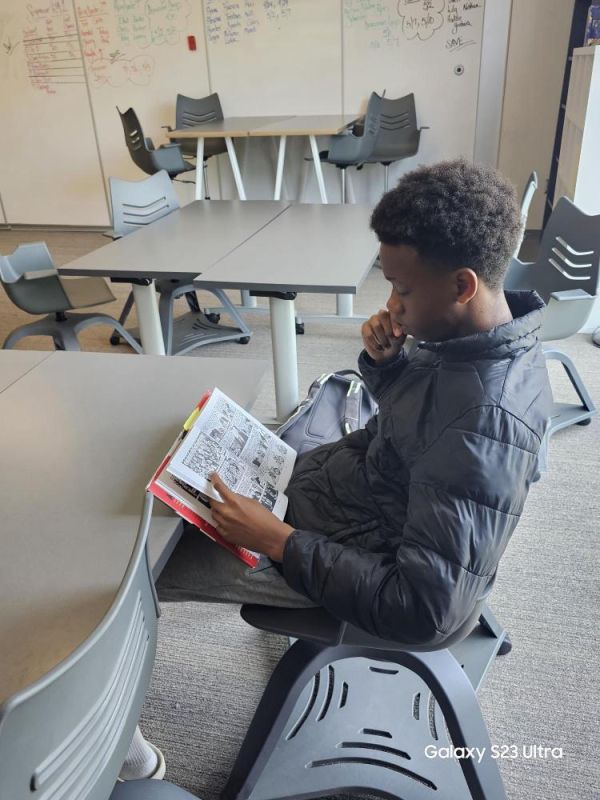
LEADing Internationally: Annual Spotlight Night to Support Learning in Any Language
LEADing Internationally emphasizes a strengths-based approach which values learning in any language (Regional Educational Laboratory Program, 2015). This project seeks to provide materials in students’ home languages (Arabic, Chinese, English, Somali & Spanish) for student project work, required…
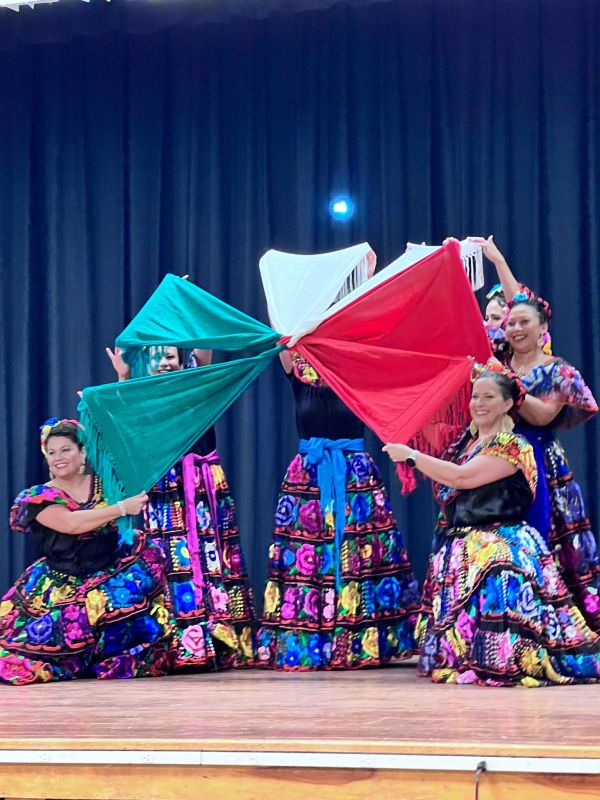
Culturally Aware Comets: Experiencing Different Cultures through Books, Food, and Games
Mark Twain Elementary has a diverse population of students and staff, many of whom come from different backgrounds. Our school's diversity needed to be celebrated and recognized. Many students come from low-income families. These students have yet to have the opportunity to travel or gain…
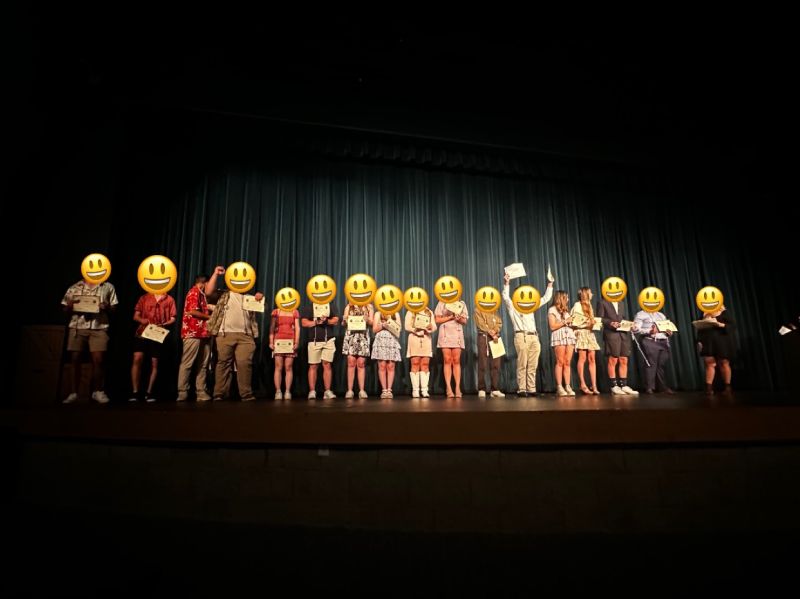
Heritage Voices: Empowering & Celebrating Biliteracy
The Heritage Voices: Empowering & Celebrating Biliteracy project aims to support heritage speakers in developing their bilingual and biliterate abilities. Given the large population of Spanish-speaking students in our district, our primary goal is to provide resources and guidance to heritage…
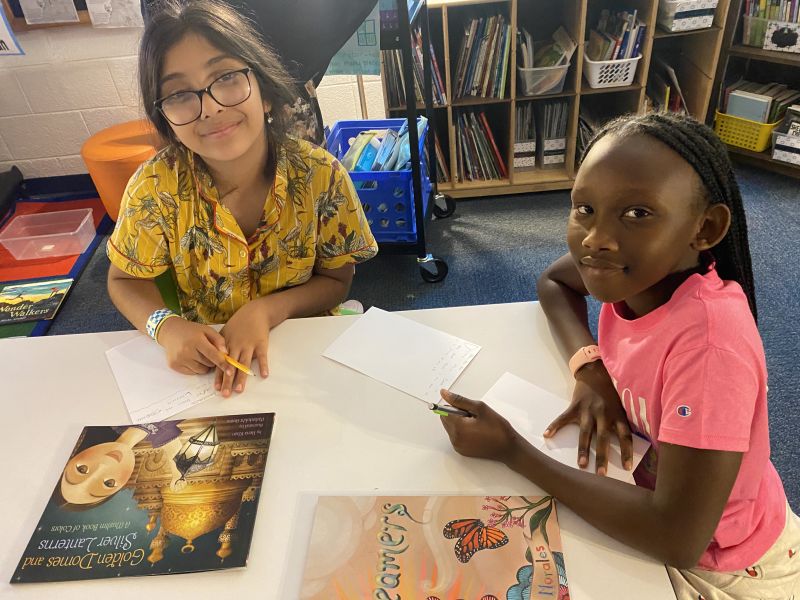
Cross-Town Pen Pals: Support Multiculturalism in Classrooms
The main objective of this pen pal project was to use diverse books representing cultures around the world to make connections with students in a different classroom in the district. Students used multicultural books to collaborate throughout two reading units that focused on theme, inferring, and…
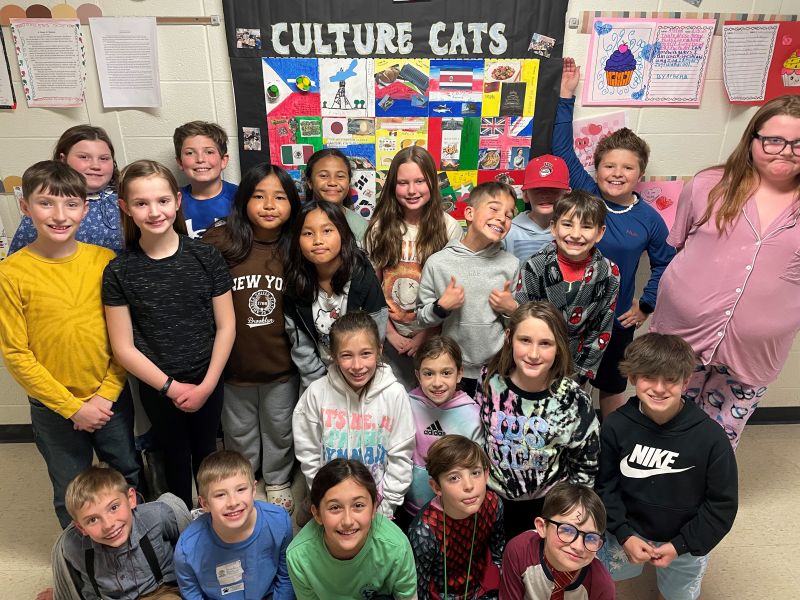
Culture Cats: Exploring Countries and Cultures
Culture Cats is an after-school club that promotes learning and exploring other countries and cultures. We are called Culture Cats because our school has many English Learners (ELs) that make up our student body and our mascot is a wildcat. We use books, guest speakers, games, crafts, and snacks to…
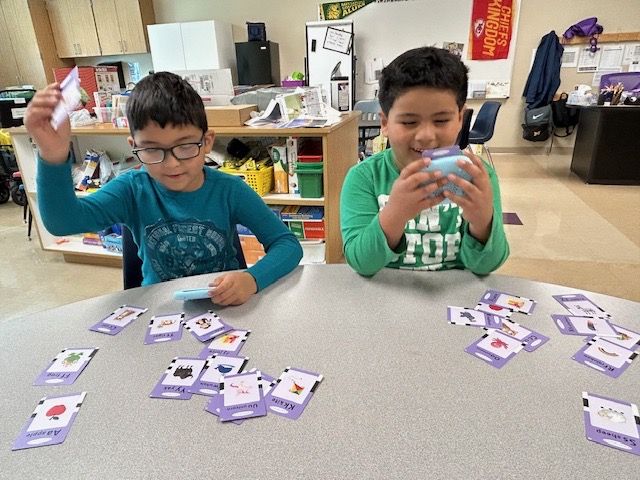
Activities for English Learners: Supporting ELs in the Classroom
The Monett School District boasts a richly diverse student body, with English Learners (ELs) representing the fastest-growing demographic nationwide, having increased by 60% over the last decade (Breiseth, 2015). Our district welcomes students from various countries, with Spanish being the…
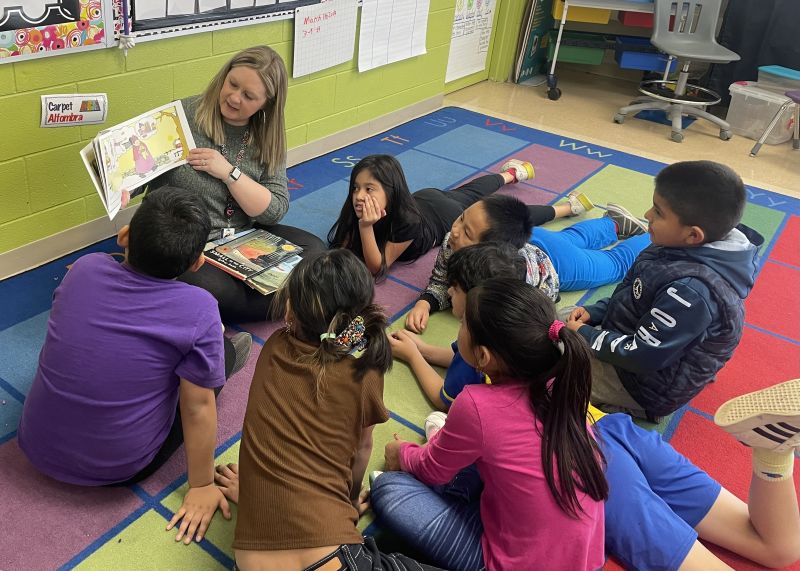
Home-to-School Communication: Connections with Wordless Picture Books
The Monett community has twenty plus different languages or dialects spoken here. Newcomer families from other countries are on the rise, and there is a constant need to help students learn English as a second language. The purpose of this project is for students to practice their language skills at…
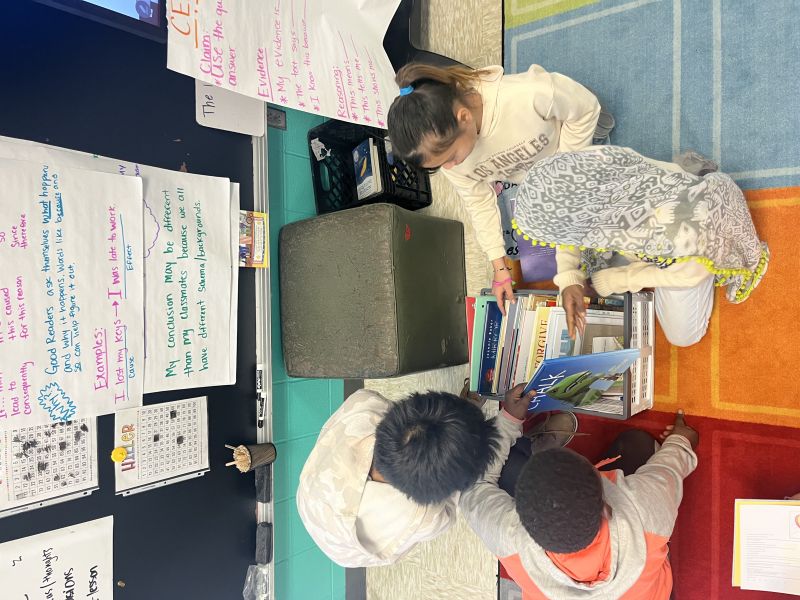
Wordless Picture Books: Bring Life to Language
My project’s purpose is to give English Learners (ELs) access to text through wordless picture books. The goal of using these books in our class and school is to engage students who are multilingual in our classrooms. Students may work on their language skills as well as reading and writing skills…
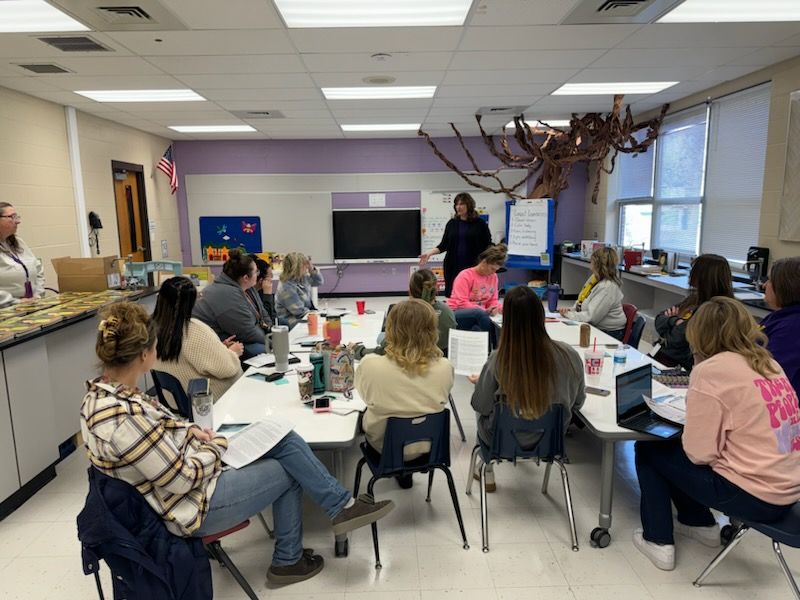
Developing a Culturally and Linguistically Responsive School: Professional Development to Highlight Assets ELs Bring to the Classroom
The Monett R-1 School District serves a large population of English Learner (EL) students; out of 2,346 students, 48% identify as a minority. Many students come from low socio-economic backgrounds and have minimal literacy exposure. About half of the students in each Monett classroom are ELs, and…
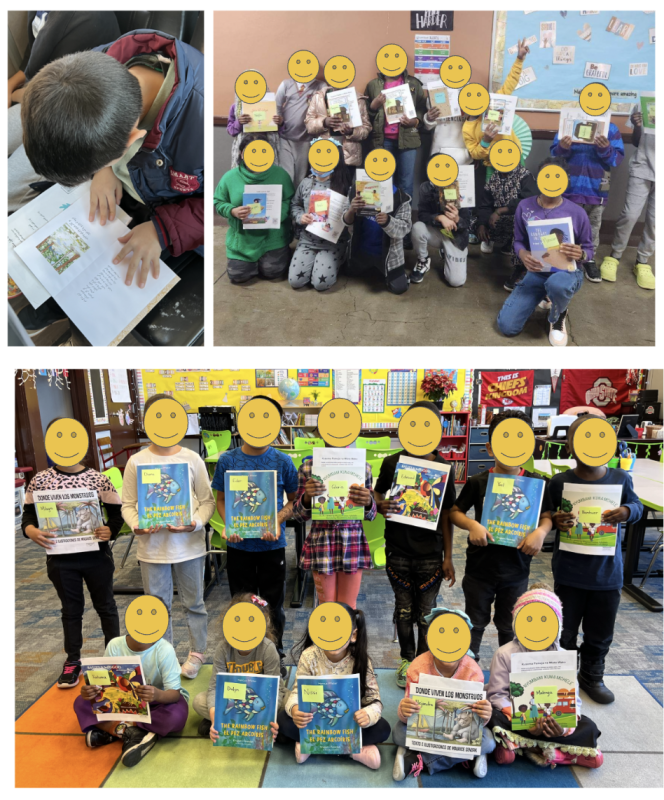
Home Language Reading Skills: Creating Routines for Literacy at Home
As many refugee and immigrant families arrive in America, their focus on language and literacy often shifts exclusively to the English language. Multilingualism is a strength, and it is important that our families maintain their home language literacy skills in conjunction with their English…
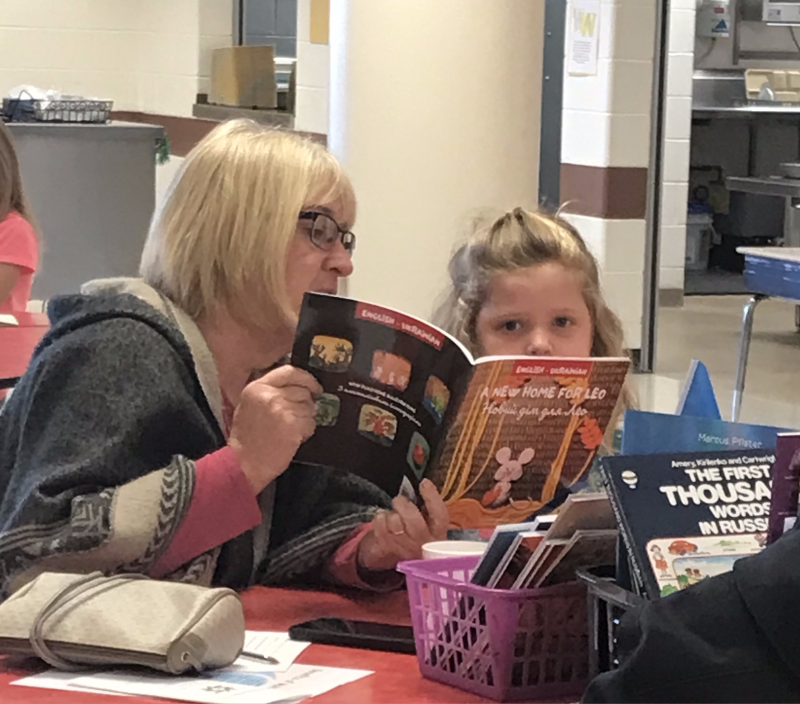
Biliteracy Breakfast: Promoting Multilingual and Multicultural Literature in a Casual Setting
Many multilingual families forgo maintaining literacy in their heritage language in the pursuit of English. It is important to highlight the value and benefits of continuing the development of home languages. By inviting students and families to read together and explore literature and language, we…
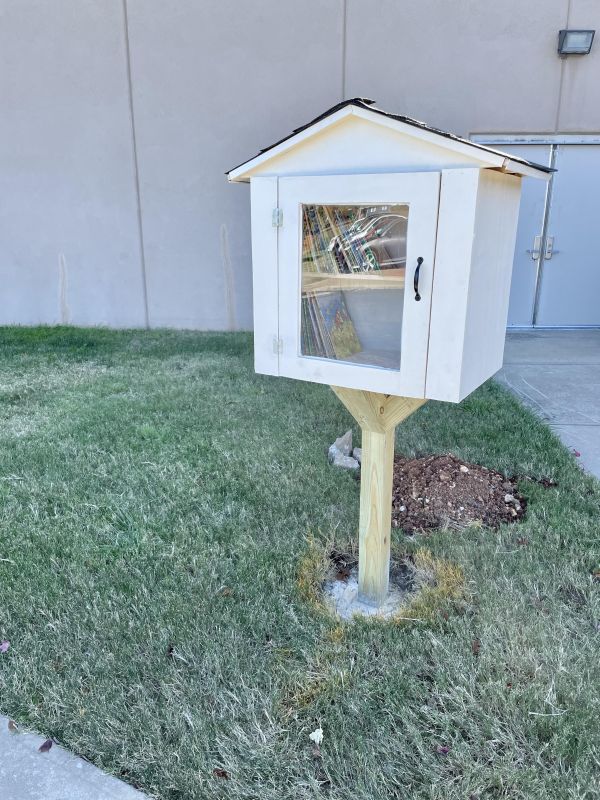
Our Little Library: Using Little Lending Libraries to Meet Multilingual Needs
Many families of English Learners (ELs) are not able to read books from school with their child or help with homework because of the language barrier. Since some families believe they are unable to help their children with English and/or homework, they can become very disconnected from their child…
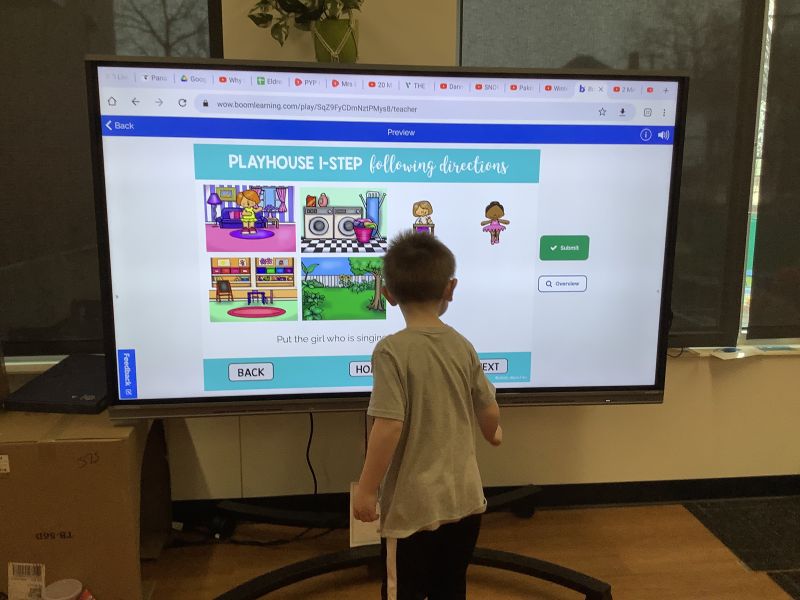
Rounding Up Resources: Helping Early Childhood Teachers Meet Multilingual Learner Needs
There are many resources available to support educators of English Learners (ELs), however, having access to those materials isn’t always easy. One cannot overstate the value of having resources available for teachers. We know that “without specific knowledge related to language development, even…
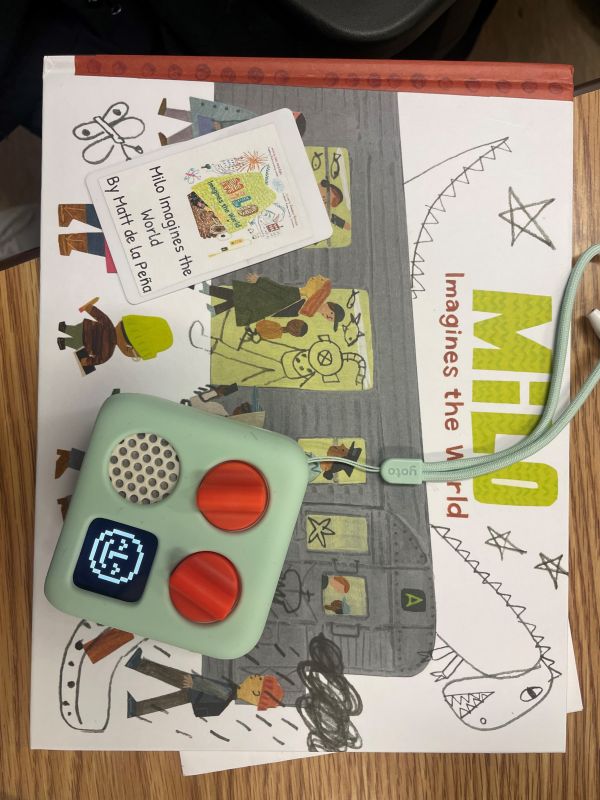
Multilingual Listening Library: Using Yoto audio players to support all students
Three second-grade classrooms offered their students access to a multilingual listening library. The main objective of this project was to promote the use of home languages and encourage English language acquisition.This project had two primary goals:To provide students with frequent access to…
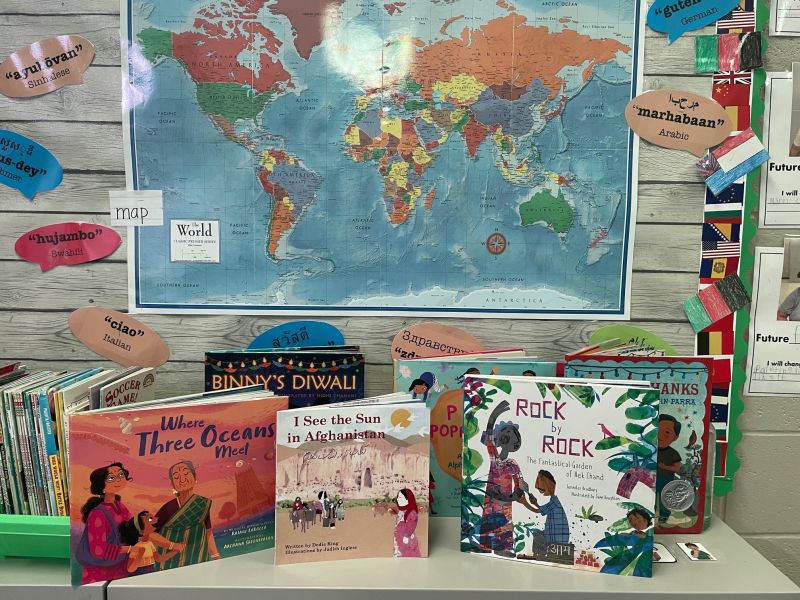
Around the World: Family Literacy Night
Around the World Family Literacy night is a project designed to highlight differences in culture and build literacy skills. As an EL teacher in my district, I understand the importance of creating opportunities for our students and families to learn about other cultures within our school community.…
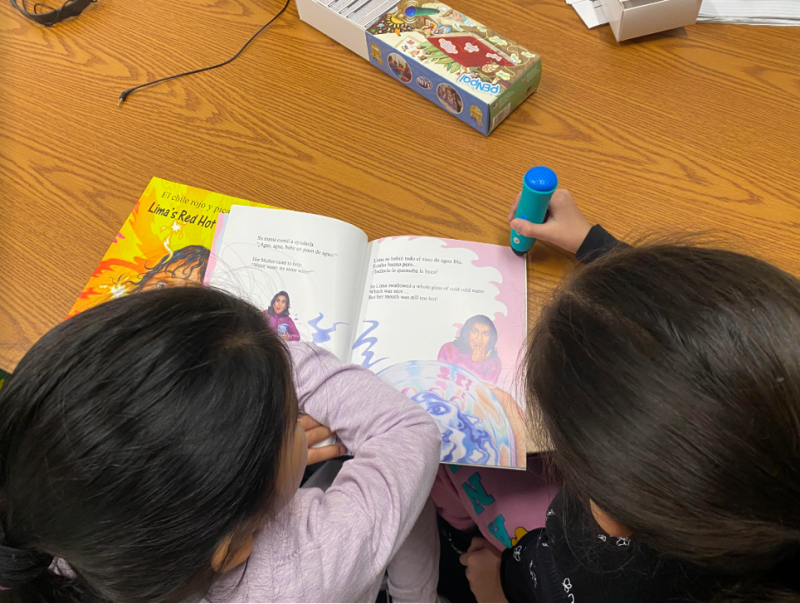
Home-to-School Literacy Project: Increasing family literacy with bilingual resources
Family literacy activities are essential for student academic success in school. The Home-School Literacy Project equips students and parents with bilingual activities, books, and resources to support their literacy skills. Families participate in a literacy night to share their own experiences and…
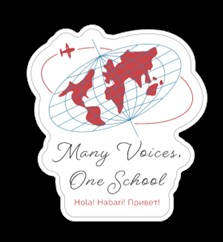
Many Voices, One School: Using QR codes to give ELs a voice
Many of our students come to us from various countries, backgrounds, and cultural experiences. While some families bring educational experiences from their home countries before relocating to the United States, others, particularly our newcomers, may not have a strong literacy background or history…
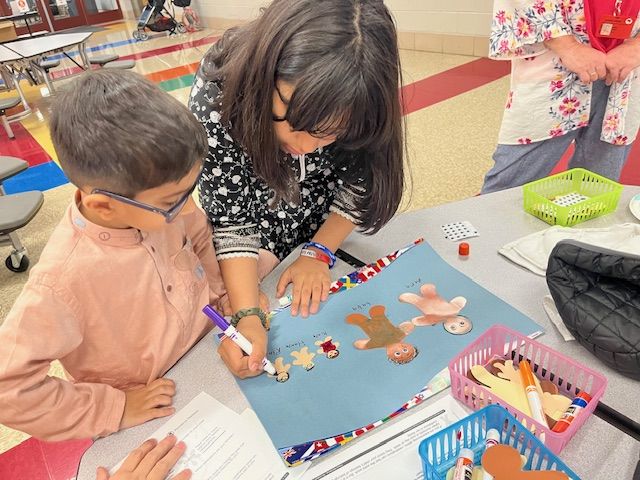
A Multicultural Pirate’s Reading Night
Our school mascot is a pirate. My project, A Multicultural Pirate’s Reading Night, was an event in which multicultural families who have children enrolled in Preschool or Kindergarten were invited to learn about the importance of promoting literacy in their first language as well as English. The…
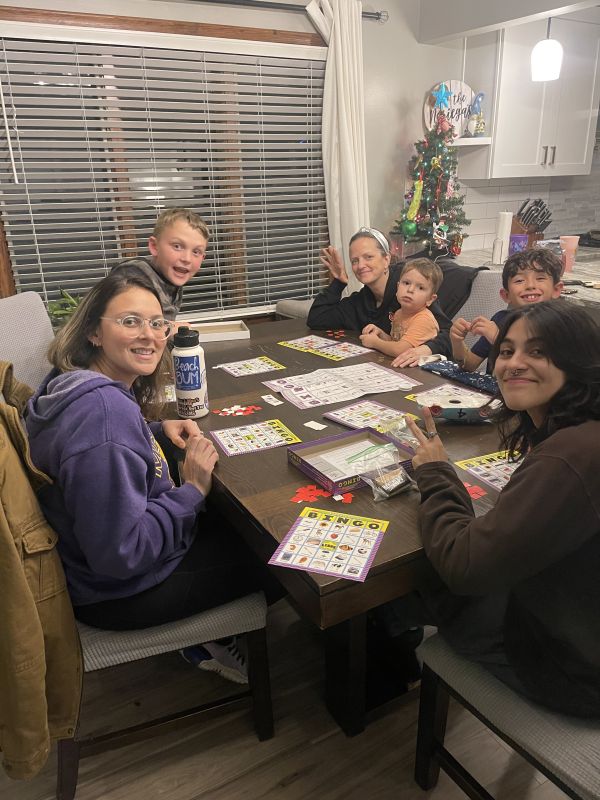
Promoting Family Conversations in Multiple Languages
There is a need for deep conversation, even at a first-grade level. The purpose of the project is to promote conversations between students and their families via play, read-alouds, and everyday activities through literacy kits that students can check out. The kits include books, phonics games,…
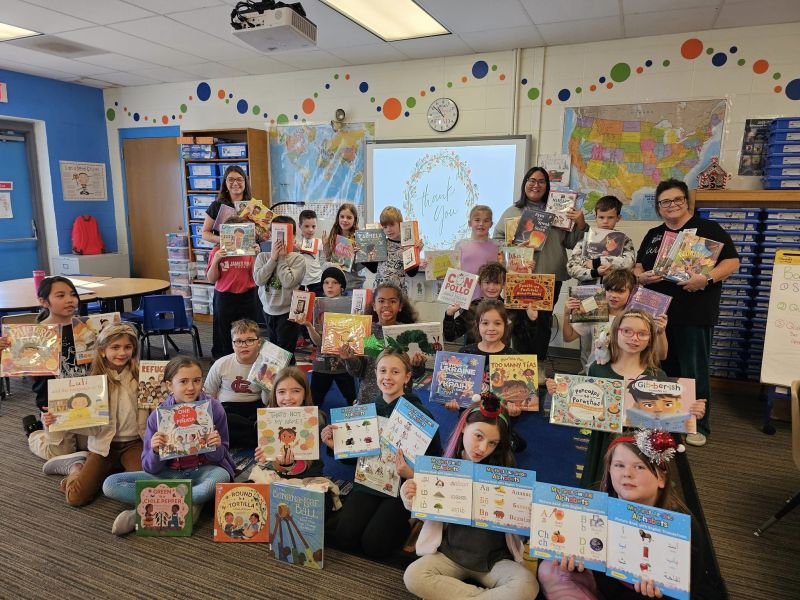
Celebrating Multilingual Magic: Nurturing the Social and Emotional Well-being of ELs
Wanda Gray Elementary stands as a cornerstone for education in Springfield, Missouri, providing a nurturing space for a diverse student population. Currently hosting 483 students weekly, with 29 benefiting from English Language Development (ELD) services and speaking languages other than English at…

A World of Languages in Our Classroom: Celebrating cultural diversity with guest readers
As a model language-rich classroom in my district, it is my goal to provide a comfortable, interactive environment for our multilingual students and their families. When students see their native language in books, posters, and through multimedia presentations they feel valued and have a sense of…
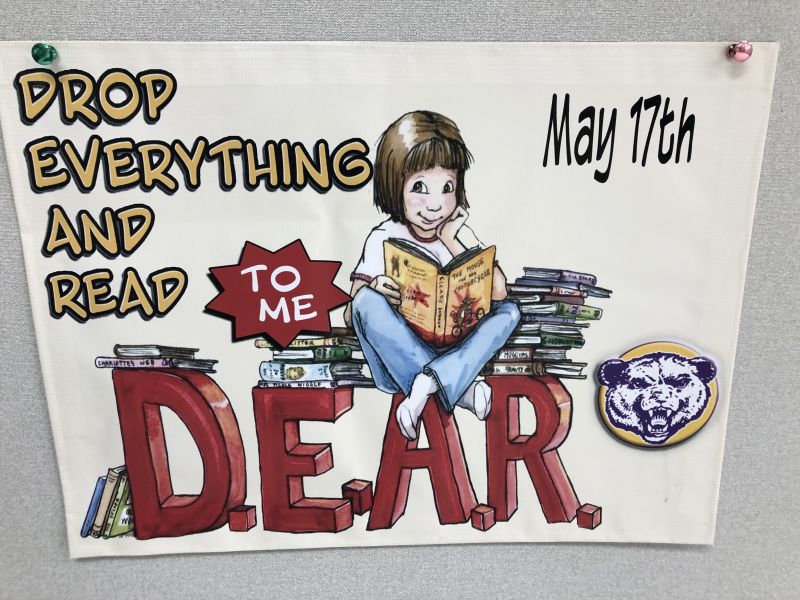
DEAR to Me: Fostering biliteracy through middle school mentors
DEAR to Me stands for Drop Everything and Read to Me and that is exactly what happened at the Monett Early Childhood Center.DEAR to Me is a special time for Middle School students to come and read in small groups. Our kindergarten students got to hear books read to them in English, Spanish and…
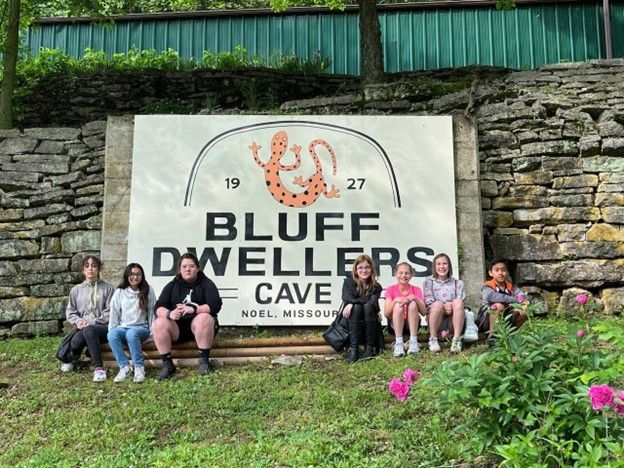
Dig Into Reading: Promoting students reading 15 minutes daily in school and at home
Through the Dig Into Reading multiliteracy project, we have created a culture of reading within our school and are continuing to promote reading engagement at home. We have been able to provide multilingual literacy resources and encouragement to enhance students' reading in their preferred…
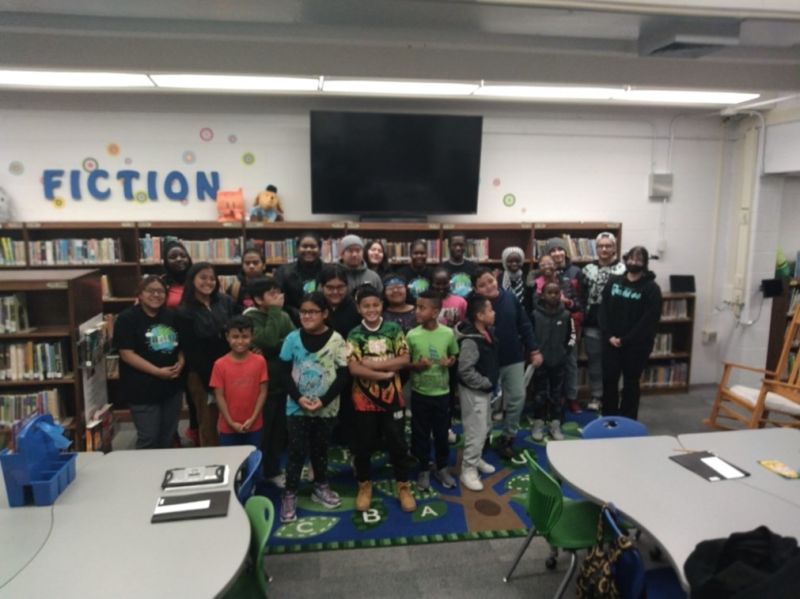
HELLO! HOLA! XIN CHÁO! BONJOU! HALO! Connecting high school and elementary ELs
As the population of English learners (ELs) continues to grow in our community, students can utilize their home language as a means to develop second language skills. The ELL Outreach Program brings together students of different ages yet similar cultures and languages to improve their English…
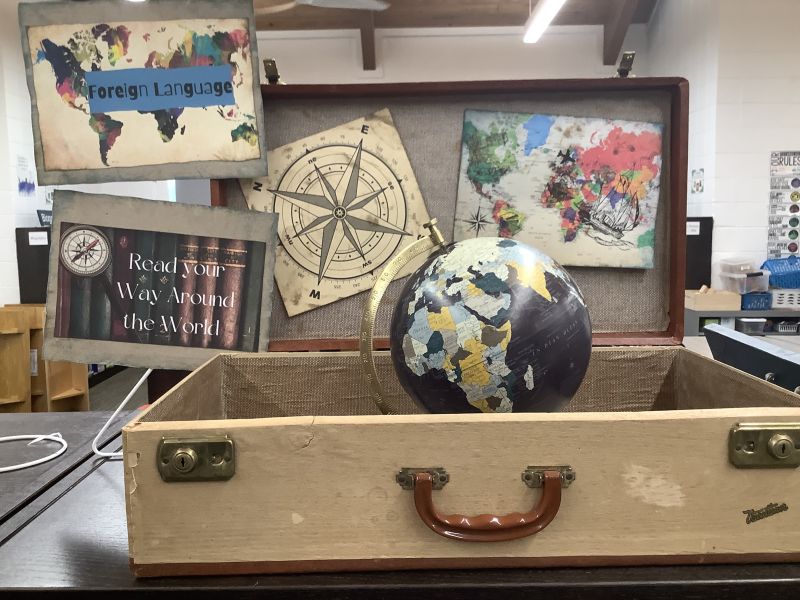
Many Languages, One Shelf: The Building Bilingual Book Section Project
This project allows English learners the opportunity to check out materials that represent diverse cultures and languages. Most materials are bilingual and include English translations on the same page. These resources promote and maintain ELs’ home languages and build English proficiency. As a…
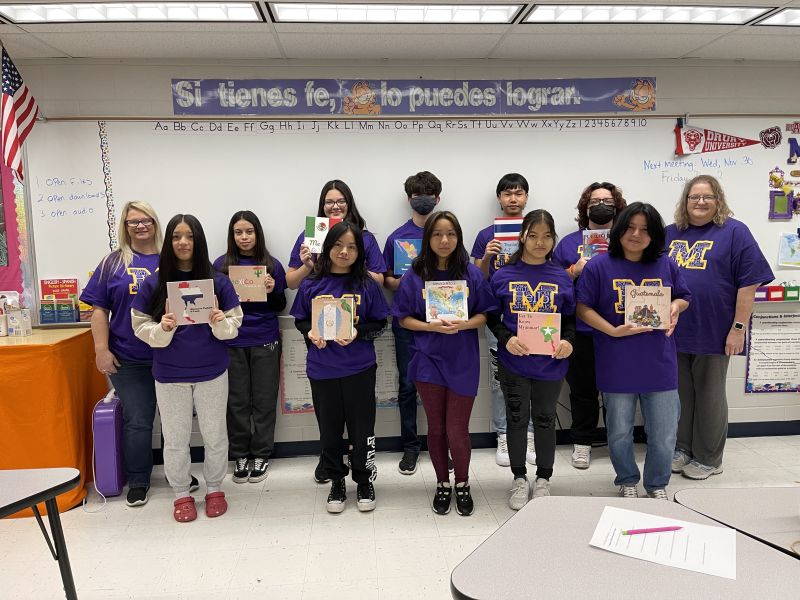
Our Cultural Heritage: Students create a bilingual alphabet book of their home country with family assistance
Our Cultural Heritage is a project designed for students and families to work, share, and learn together. This project is designed for students to practice various reading, writing, and speaking skills to create an alphabet book about their families’ home countries. Using a digital online book…
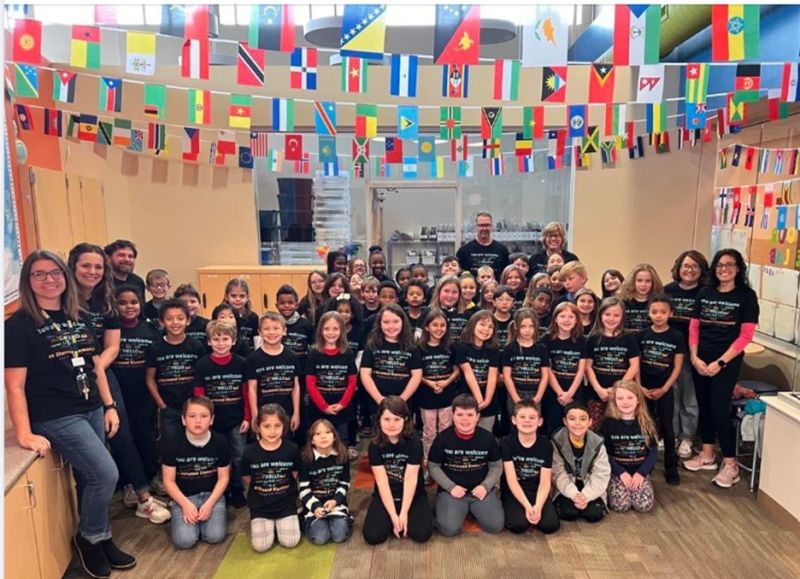
Language Clubs: Promoting cultural diversity and biliteracy
The students in our school come to us from many different backgrounds and cultural experiences. As educators, it’s our job to make all students feel welcomed and safe at our school and in our classrooms. Promoting and valuing the first language helps English learners and bilingual children feel more…
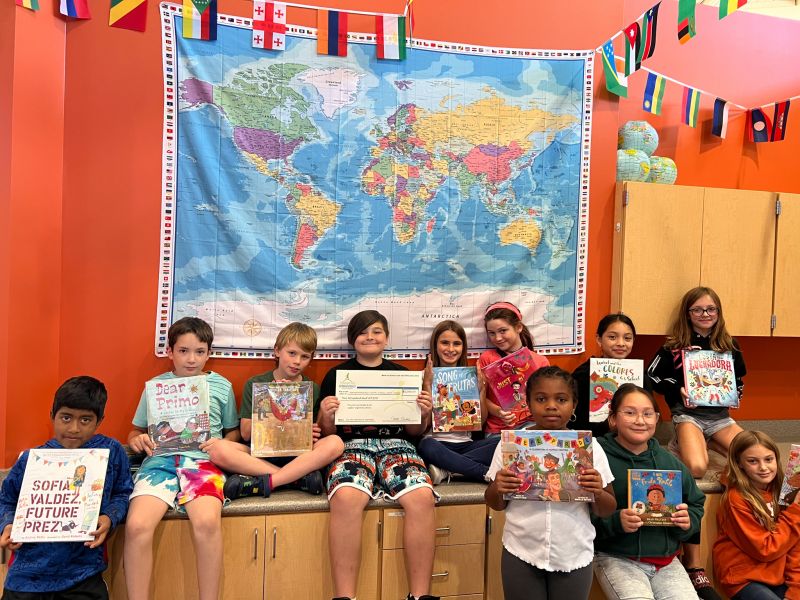
Welcome to Our Language Lab
How can we make our schools more welcoming, accepting, and engaging for our students and families joining us from other places around the world? With a Language Lab!

Multilingual Garden Unit
A community garden not only adds beauty to a school but also instills pride in the students that help build it. By utilizing best practices that teach English Learners (ELs), students explored how to design a garden.
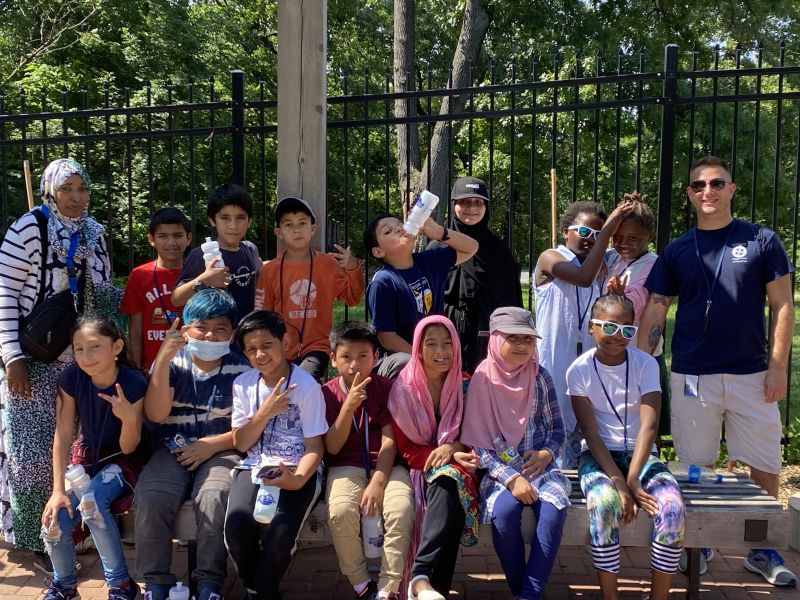
Multilingual Story Garden
A community garden not only adds beauty to a school but also instills pride in the students that help build it. By utilizing best practices for English learners (ELs), students visited a local community garden in the city to learn about gardening and sustainability. They also participated in a story…
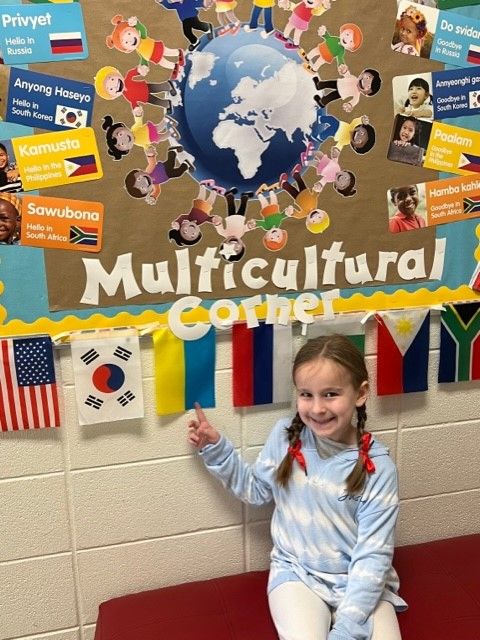
Multicultural Newsletter
The multicultural newsletter aims build connections with multilingual families by getting to know them and by introducing them to the school community. Amber Troye shares her protocol and experiences that can help educators deepen their knowledge about multilingual learners’ home cultures,…

Family Literacy Night
The Family Literacy Night project involves caregivers in the life of an elementary school. In preparation for the event, reading buddies in kindergarten and 4th grade partner to read multicultural books; they also learn to tell wordless picture books and author their own.
Read the full blueprint.
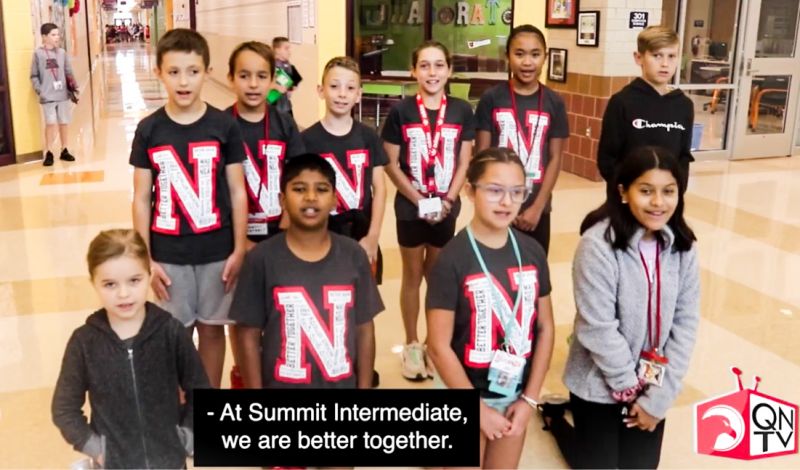
Better Together Unit in Nixa Public Schools
Kara Griffin at Summit Intermediate in Nixa Public Schools presents the blueprint of a project that aimed to welcome new families and unite the school around exploring the home cultures and languages of the students who attend. The project contributed a multilingual collection to the school library…
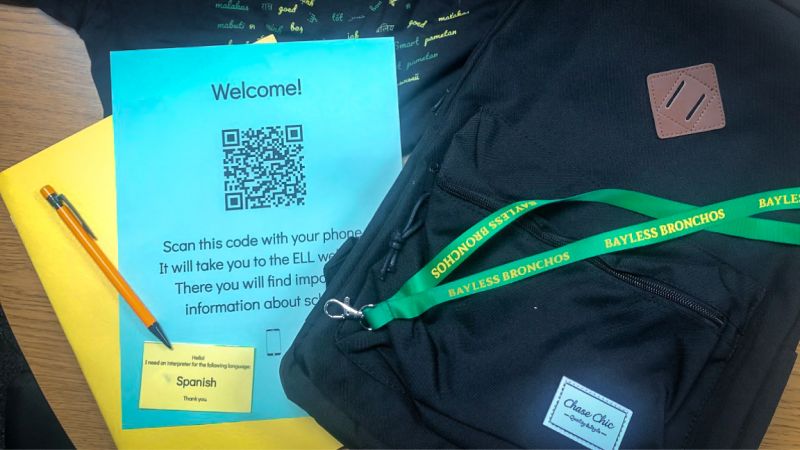
Newcomer Welcome Kits
Sarah Reeves at Bayless School District in St. Louis, Missouri describes her school's activities that aimed at creating a welcoming environment for newcomer refugee families by supplying them with useful items in a thoughtfully assembled backpack.
Read the full blueprint.
